The Queen’s Gallery Gold exhibition at the Royal Collection Trust celebrates the enduring qualities of gold, and draws on works of art from the Bronze Age to the present day. The distinctive properties of gold – its lustre and its warm yellow colour which appears to mirror the sun, its rarity and its perceived purity, because it does not tarnish, have meant that this material has always been associated with the highest status, both earthly and divine.
Gold is both malleable and ductile which means it can be applied to almost any surface to enhance its decorative properties and make it gleam and shine.
Gold includes objects from every section of the Royal Collection, ranging from the Rillaton Cup, an extraordinarily rare survival from the Bronze Age, created and worked from a single sheet of gold in the days before iron tools existed, to the still life depiction of a lustrous gold jug by William Nicholson, painted in the 1930s as part of a series exploring the effects of light on metallic surfaces.
The Queen’s Gallery Gold exhibition at the Royal Collection Trust is on from 7 November 2014 to 22 February 2015.
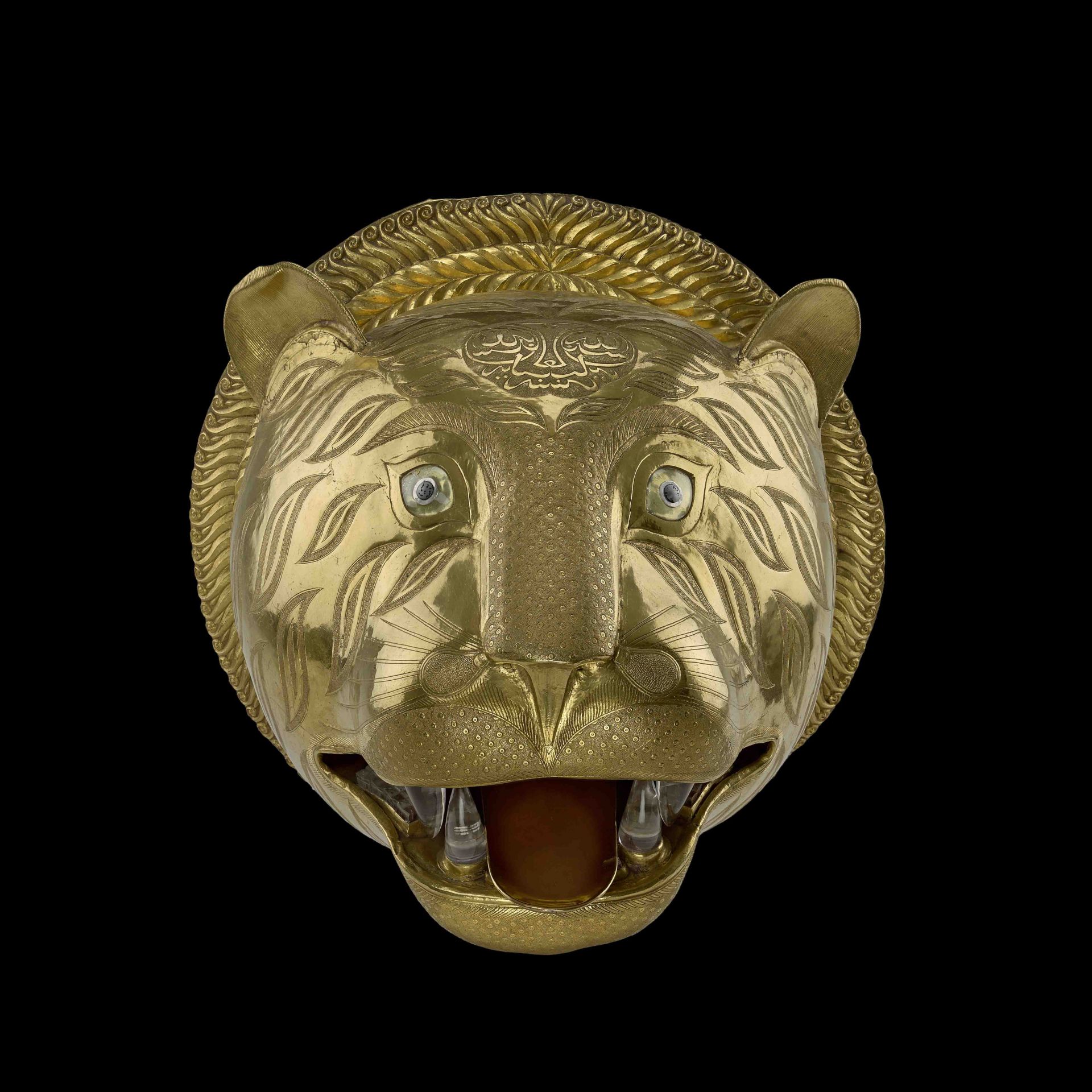
Tiger’s head from the throne of Tipu Sultan, 1785-93. Photo: ©Royal Collection Trust/Her Majesty Queen Elizabeth II 2014.
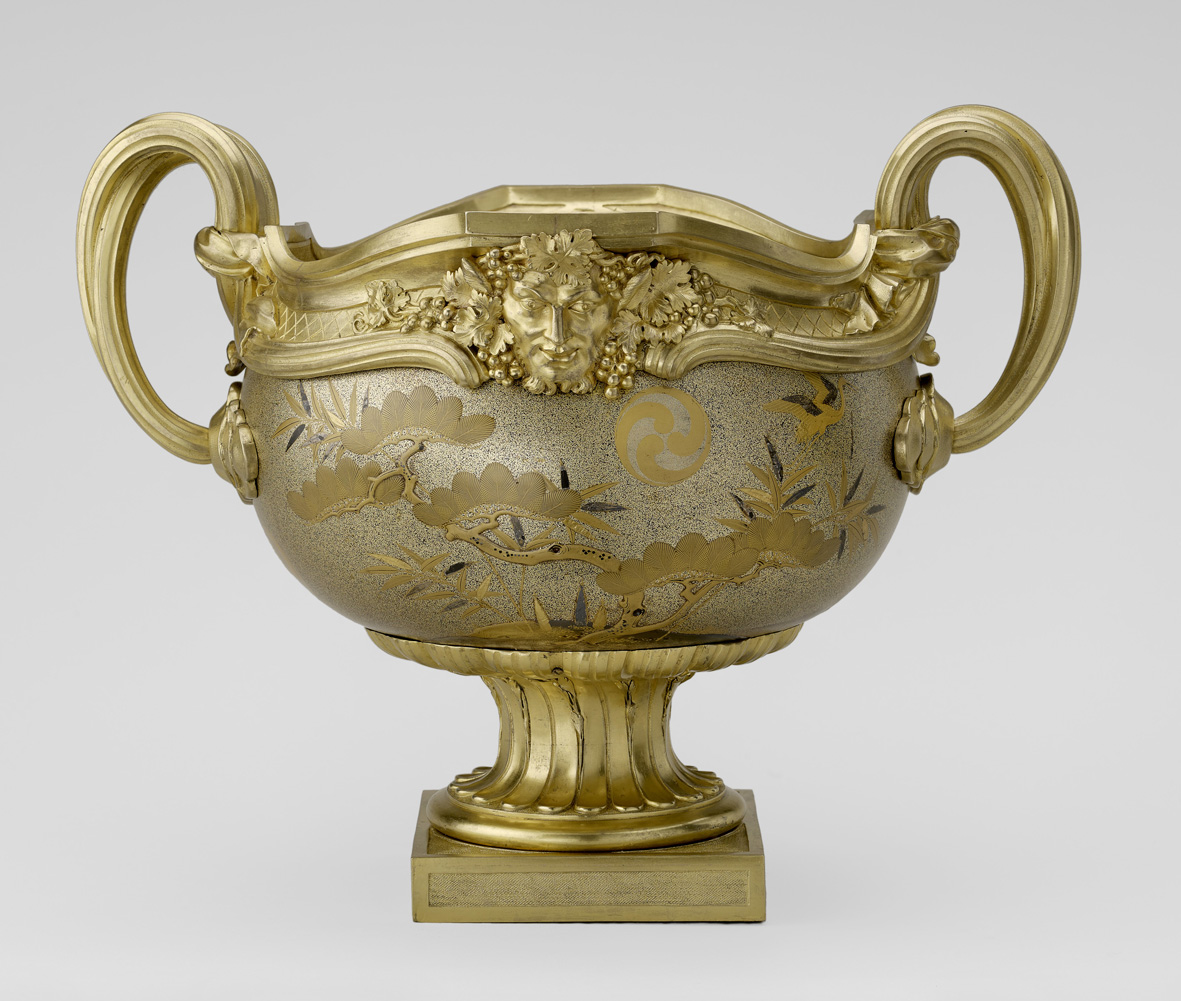
Lacquer and gilt bronze Japanese bowl, 18th century. Photo: ©Royal Collection Trust/Her Majesty Queen Elizabeth II 2014.
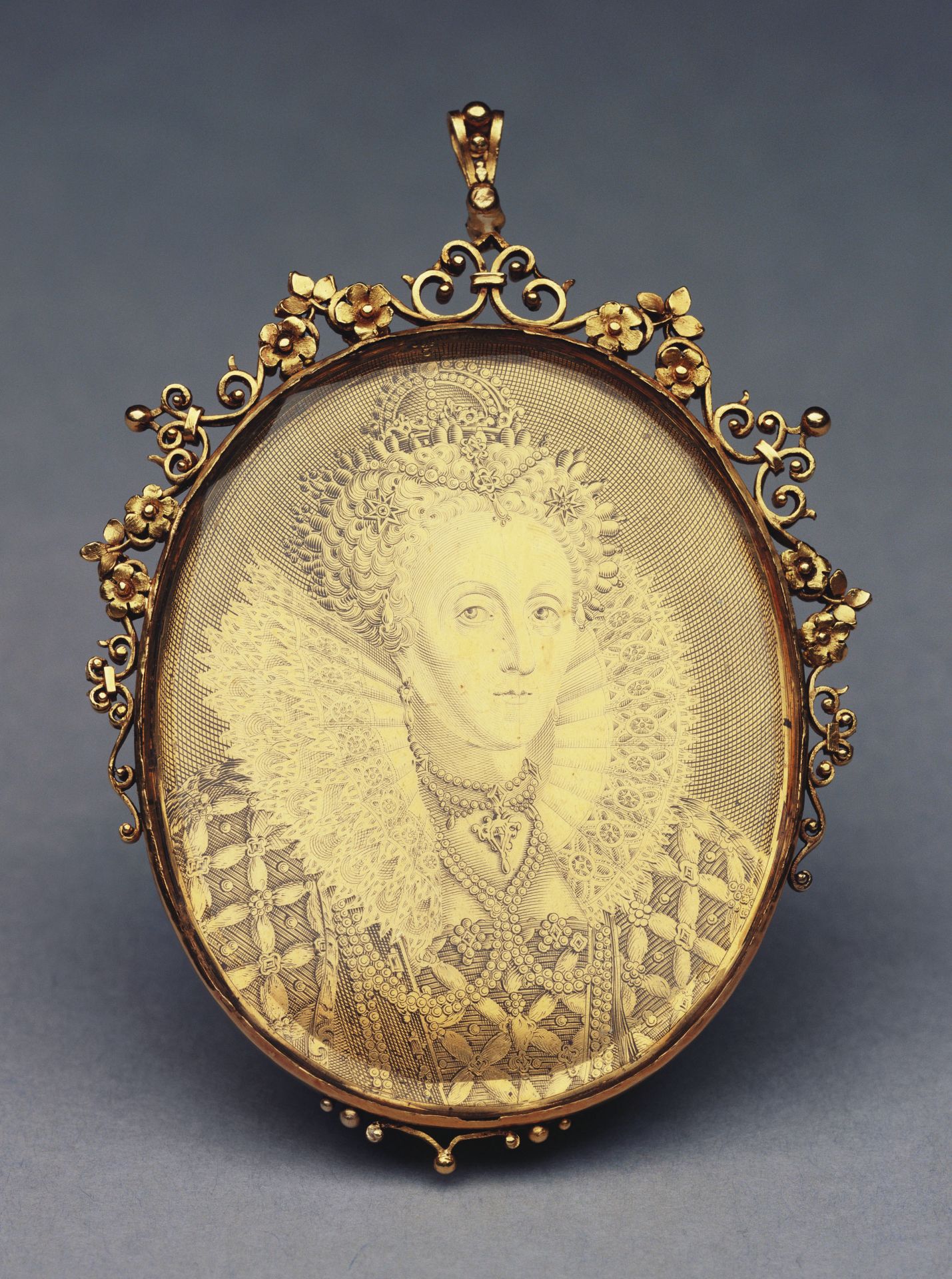
Engraved portrait of Elizabeth I, Simon van de Passe, c.1616. Photo: ©Royal Collection Trust/Her Majesty Queen Elizabeth II 2014.
END
Would you like to explore London and beyond with a highly qualified and enthusiastic Blue Badge Tourist Guide? Use our Guide Match service to find the perfect one for you!



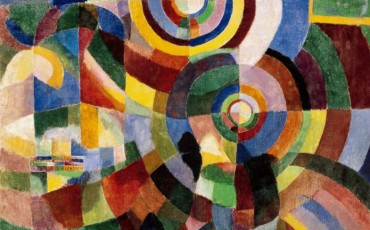
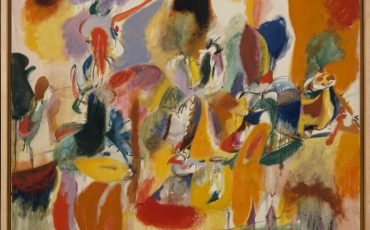

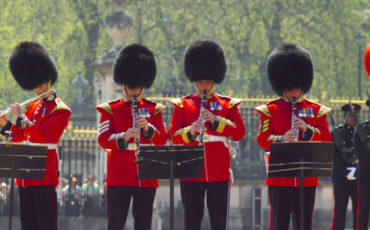
Leave a Reply